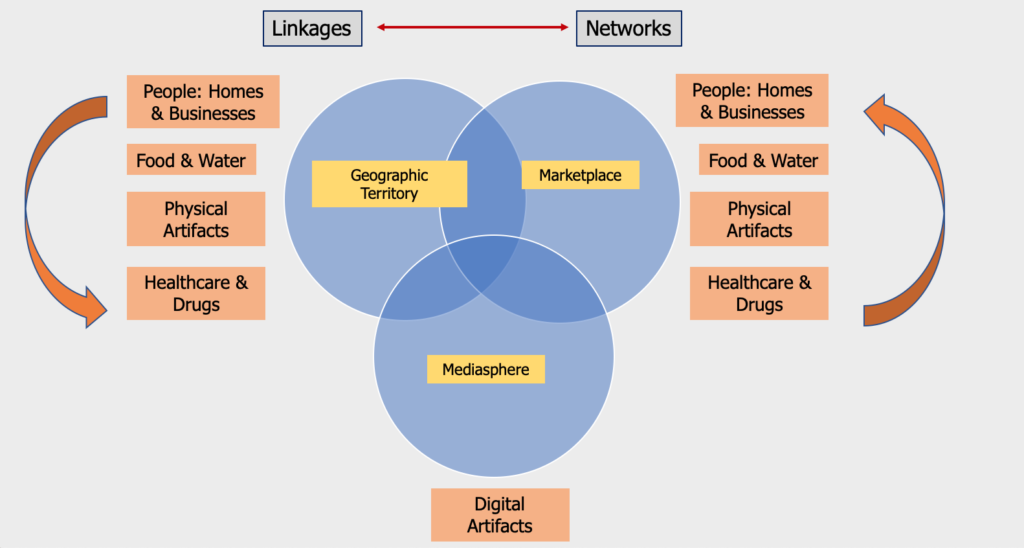Agile adoption for insurers has grown significantly in the past few years; most have already begun their agile journey and are at varying stages of maturity. Yet agile has financial, organizational and cultural implications that can reshape the entire organization. Adopting this methodology often leads to the flattening of hierarchies, new budgeting processes and a change in role for the project management office (PMO).
Alignment Implications: Projects to Product
Following trends outside the industry, a growing number of insurers are choosing to organize their IT value delivery around supporting products rather than delivering projects. Products are durable, whereas projects are transient; they have a clear beginning and end. The idea of well-defined ending and scope has always been in conflict with the core ideas of agile, where scope can change week to week, and the end can come earlier or later as needed.
Part of this realignment to product means that many insurers are retooling their PMOs to fit an agile delivery model. PMOs that endure in highly agile organizations tend to shift away from a directive model to one that is more supportive and consultative. Agile works best when teams are empowered to operate as semiautonomous units—this doesn’t mesh well with the controlling PMO model.
Some insurers with advanced agile organizations have chosen to replace their PMO with other organizational structures like product management. Product managers are defined by scaling agile frameworks like SAFe and are common in software organizations. The product-based nature of agile implementations also requires consistent vision over an entire life cycle, with product managers as the custodian of that vision.
Organizational Implications: Funding and Federation
One of the biggest challenges in shifting to product-focused IT alignment is how the work will be funded. Advanced agile tends to depart from traditional ROI-based funding. Instead, teams are funded for a fixed period (usually a year) where funding levels reflect the business value of the product and the road map.
The transition to an agile delivery approach can be a catalyst for IT organizations to move away from centralized IT and toward greater federation. This shift provides business partners with greater accountability for delivering on the business value proposition.
Stronger IT alignment with business also means that IT metrics will measure outcomes rather than inputs, outputs and plan adherence. The lack of detailed plans render many traditional metrics obsolete. Measuring business outcomes like new sales or claims duration can supplement traditional agile metrics like velocity.
See also: A Short History of Agile Development
Cultural Implications: Agile Innovation
Agile allows teams to collaboratively and creatively solve hard problems. It requires a tolerance for failure, a willingness to experiment, psychological safety, high degrees of collaboration and a lack of hierarchy. All these are defining characteristics of the world’s most innovative companies. Several large carriers are using agile as the blueprint to drive this kind of cultural change. They have executed aggressive plans to restructure their organizations, redefining roles and management, transforming governance and adjusting key performance indicators (KPIs) to drive the desired behaviors.
Yet some organizations resist the migration to agile because it represents a change from how things have always been done. Outdated compensation and reward structures can also impede agile adoption. Executive sponsorship is important to deal with this challenge; equally important is advocating for change at all organizational levels.
Exceptions to Agile
Insurance carriers shifting to agile are realizing benefits in improved software quality, better business outcomes, lower cost and risk and increased customer satisfaction. Yet agile isn’t the right solution for every organization or every type of technology investment. Full implementations like large-scale financial system replacements, including general ledger and ERP systems, may not be ideal candidates for agile. Rigorous testing cycles required in a comprehensive testing phase completed near the end of development inhibit the value of quicker release cycles.
Moreover, the business is often not ready to become a dedicated partner. When business partners aren’t available in day-to-day delivery of the solution, the outcomes aren’t very different from a waterfall or iterative development model. Agile also tends to be unsuccessful if IT relies heavily on full offshore development teams without a product manager on site. Insurers recognize the benefits of agile development: increasing alignment between IT/business, improving speed to market and boosting employee engagement. However, this transition is not immediate.
Insurance carriers are at different levels of maturity depending on how long they’ve been practicing and the willingness of business and IT to adapt. Novarica’s recent brief, Agile Maturity Model for Insurers, provides an overview of challenges and implications of agile adoption at insurers, as well as a capabilities model to define stages of maturity across areas affected by a transition to agile.






















